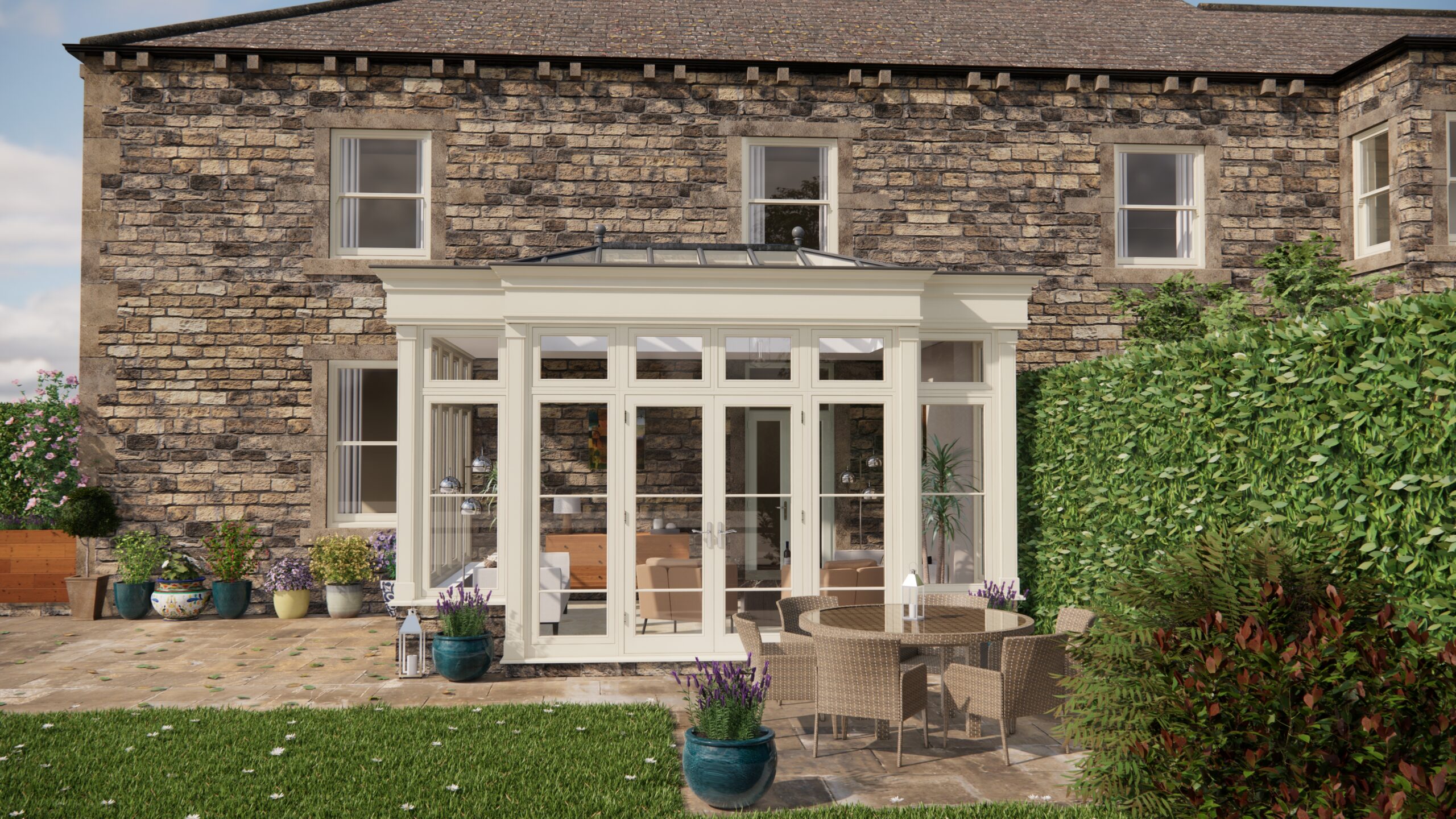Right, let’s talk tranquility. We all crave a bit of peace and quiet, especially at home, don’t we? I’ve been diving deep into articles about wellness and making the most of your home space for exercise and relaxation and one thing that keeps popping up is noise. And, how to get rid of it. So, I decided to chat with Louis, a soundproofing guru (in my eyes, anyway!) to get the lowdown on how to soundproof your home for better sleep and relaxation.
So, picture this: you’re finally settled down for a yoga session, trying to find your zen, and… BAM! The neighbour’s dog starts barking, or the kids are having a football match inside, and all tranquility goes out of the window. Sound familiar? That’s where soundproofing comes in and can make a massive difference to wellness.
I grabbed a cuppa and sat down with Louis. “Louis,” I said, “what’s the first thing people should consider when trying to soundproof their home for, let’s say, a yoga or meditation space?”
“Well,” he started, stirring his tea, “it’s about identifying the problem areas. Where is the noise coming from? Is it external – traffic, neighbours, the ever-enthusiastic milkman? Or internal – creaky floorboards, noisy plumbing, the kids’ gaming setup?”
Identifying the Noise Culprits
This is the detective work. Walk around your home, preferably when it’s at its noisiest. Really listen. Are the windows single-glazed and letting everything in? Is the door a bit flimsy, with gaps around the frame? Are the walls thin and allowing conversations to travel from room to room? Once you’ve pinpointed the sources of the noise, you can target your soundproofing efforts.
Soundproofing Solutions: A Layered Approach
“So, once we know the culprits, what’s the next step?” I asked.
“It’s all about layers,” Louis explained. “Soundproofing isn’t a single-fix solution; it’s a combination of techniques that work together.”
Here’s a breakdown of some key methods:
-
Solid Doors and Seals: A hollow-core door is basically a drum for sound. Replace it with a solid-core door. More importantly, seal the gaps! Use weather stripping around the frame and a door sweep at the bottom. This makes a massive difference.
-
Window Treatment: Windows are often the weakest point. Double or triple glazing is ideal, but if that’s not feasible, consider secondary glazing – essentially adding another layer of glass. Soundproof curtains can also help, although they won’t perform miracles.
-
Wall Treatments: Now, this is where it can get interesting. Adding mass to the walls helps block sound transmission. You can use dense materials like mass-loaded vinyl (MLV) behind plasterboard. Acoustic panels are fantastic for absorbing sound within the room, reducing echo and reverberation. These can be strategically placed to absorb sound reflections.
-
Floor Coverings: Carpets and rugs are your friends! They absorb sound and prevent impact noise (like footsteps) from travelling through the floor. If you have hard floors, consider adding a thick underlay beneath your rug.
-
Filling the Gaps: Noise loves to travel through even the tiniest gaps. Seal any cracks or holes in walls, ceilings, and around pipes with acoustic sealant.
-
Orangeries: An orangery can be a beautiful space for yoga and relaxation, but think carefully about its design. Opt for double or triple glazing, and consider the materials used for the walls and roof. Ensure there’s good insulation to help minimize noise from outside.
The Yoga Connection: Creating a Peaceful Sanctuary
I steered the conversation towards wellness. “Louis, how does all this tie into actually enjoying our yoga or meditation?”
“Simple,” he said, grinning. “Less noise equals less stress. A quiet space allows you to focus, relax, and truly disconnect from the outside world. It enhances your practice and allows you to achieve a deeper state of relaxation.” And it’s true. No more wincing every time a car speeds past, or getting jolted out of your flow by a delivery driver.
Avoiding Noise Pollution for Sleep
Of course, soundproofing isn’t just about your yoga space. It’s about creating a peaceful home environment overall. Reducing noise pollution in your bedroom is crucial for better sleep. The same principles apply: solid doors, sealed windows, and wall treatments can all contribute to a quieter, more restful sleep environment.
Louis also mentioned that using a white noise machine or fan can help mask any remaining background noise and create a more consistent soundscape.
Overall, it is about identifying the noise sources, applying layered soundproofing methods, and making your home a sanctuary for relaxation, yoga, and sleep. From strategically placed acoustic panels to effective door seals, and even just filling the little gaps, every effort contributes to a tranquil and restorative living space. By implementing these techniques, we can create a haven where wellness flourishes and inner peace is easily accessible.


